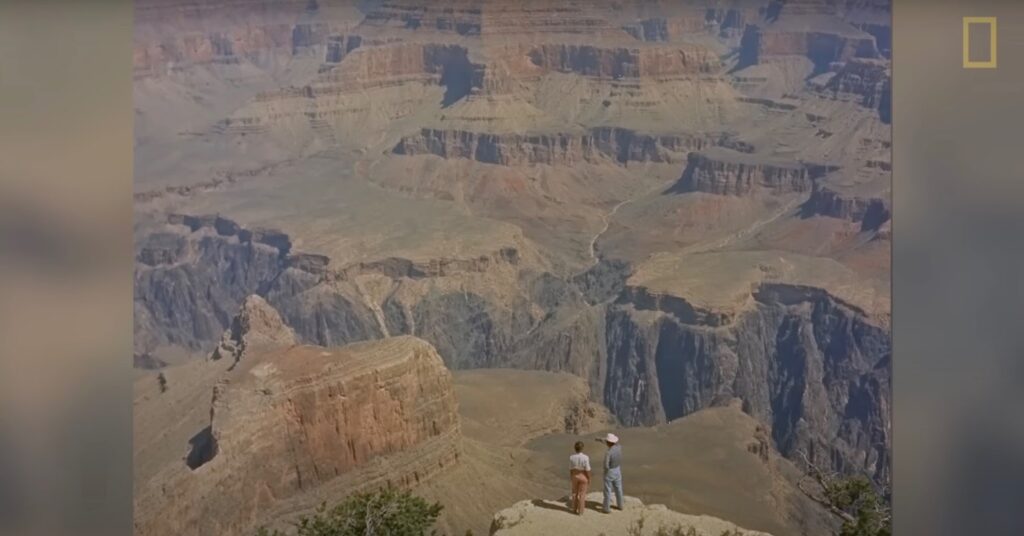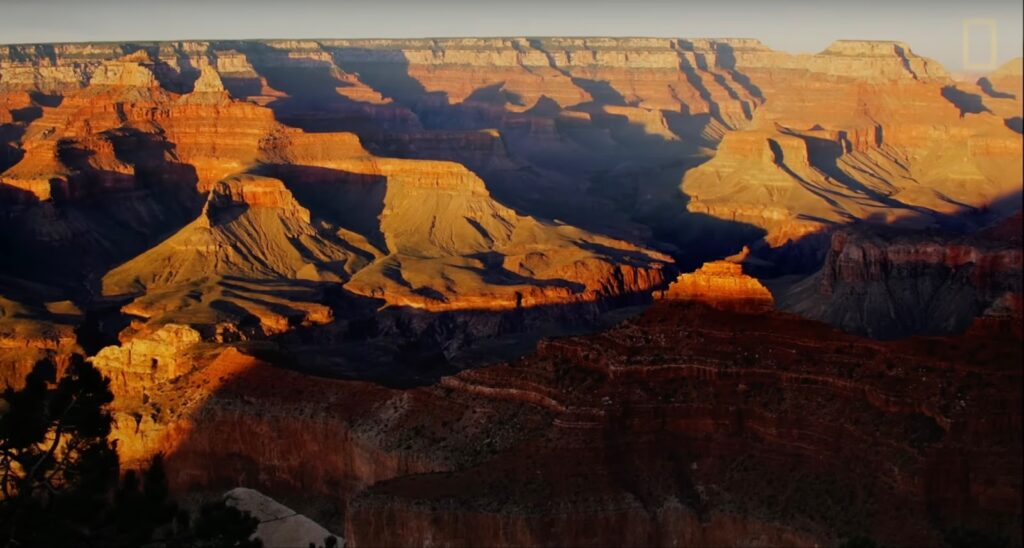The Grand Canyon, one of the most iconic natural wonders in the United States, has a rich history that dates back to the late 19th century. From being designated as a Forest Reserve to its current status as a National Park, the Grand Canyon has undergone significant changes over the years. This article will delve into the evolution of Grand Canyon National Park, exploring its key milestones, features, and mission.
Early History of Grand Canyon National Park
Protected as a Forest Reserve (1893)
In 1893, the Grand Canyon was first protected as a Forest Reserve by President Benjamin Harrison. This designation aimed to preserve the unique ecosystem and geological formations of the area, recognizing its importance as a natural treasure worth safeguarding for future generations.
Designated as a National Monument (1908)
In 1908, President Theodore Roosevelt further elevated the status of the Grand Canyon by designating it as a National Monument. This decision highlighted the exceptional value of the Grand Canyon’s landscapes and cultural heritage, setting the stage for its eventual establishment as a National Park.
Evolution of Grand Canyon National Park
| Year | Milestone |
|---|---|
| 1893 | Protected as a Forest Reserve |
| 1908 | Designated as a National Monument |
| 1919 | Upgraded to National Park status |
| 1975 | Enlarged with lands from neighboring areas |
| 1979 | Designated a World Heritage site |
| 1999 | Grand Canyon/Parashunt National Monument added |
Expansion and Upgrading of Grand Canyon National Park
Upgraded to National Park Status (1919)
In 1919, the Grand Canyon was officially established as a National Park, solidifying its status as a protected area of national significance. This milestone marked a pivotal moment in the park’s history, emphasizing its role as a cherished natural and cultural landmark.
Enlarged with Lands from Neighboring Monuments and Recreation Areas (1975)
In 1975, Grand Canyon National Park underwent a significant expansion, incorporating additional lands from neighboring monuments and recreation areas. This enlargement not only increased the park’s total area but also enhanced its conservation efforts and recreational opportunities for visitors.
Key Features of Grand Canyon National Park
- North and South Rims;
- 215-mile highway connecting the rims;
- 21-mile trail linking the rims;
- Scenic drives and hiking trails;
- Guided tours by mule or raft down the Colorado River.

Recognition and Conservation Efforts
Designated a World Heritage Site (1979)
In 1979, Grand Canyon National Park received international recognition as a UNESCO World Heritage site. This prestigious designation underscored the global significance of the Grand Canyon’s natural and cultural resources, highlighting the need for their protection and preservation.
Grand Canyon/Parashunt National Monument Added (1999)
In 1999, the Grand Canyon/Parashunt National Monument was established, further expanding the protected areas within the region. This addition reflected ongoing efforts to conserve the diverse ecosystems and geological wonders surrounding the Grand Canyon, ensuring their long-term sustainability.
Grand Canyon National Park Statistics
| Attribute | Value |
|---|---|
| Current Area | 1,904 square miles |
| Annual Visitors | Approximately 5 million |
| Mission | Preserve the park for future generations while providing access for visitor enjoyment without damaging its resources |
Visitor Experience and Recreational Opportunities
North and South Rims
The Grand Canyon features two primary access points for visitors: the North Rim and the South Rim. Each rim offers unique perspectives of the canyon, with scenic overlooks, visitor centers, and hiking trails that showcase the park’s breathtaking beauty.
Highway and Trail Connections
A 215-mile highway connects the North and South Rims of the Grand Canyon, providing convenient access for travelers. Additionally, a 21-mile trail traverses the canyon, offering hikers a more immersive experience of the park’s diverse landscapes and geological formations.

Activities at Grand Canyon National Park
- Scenic drives along the rim;
- Hiking trails for all skill levels;
- Guided tours by mule or raft;
- Camping and stargazing opportunities.
Conclusion
In conclusion, the evolution of Grand Canyon National Park reflects a longstanding commitment to preserving and protecting this natural wonder for future generations. From its humble beginnings as a Forest Reserve to its current status as a World Heritage site, the Grand Canyon continues to inspire awe and wonder in millions of visitors each year. By balancing conservation efforts with visitor enjoyment, the park remains a testament to the enduring beauty and importance of America’s natural landscapes. Furthermore, ongoing initiatives such as the preservation of the Orphan Mine Grand Canyon underscore the continuous dedication to safeguarding both the geological marvels and historical legacies within the park’s boundaries.